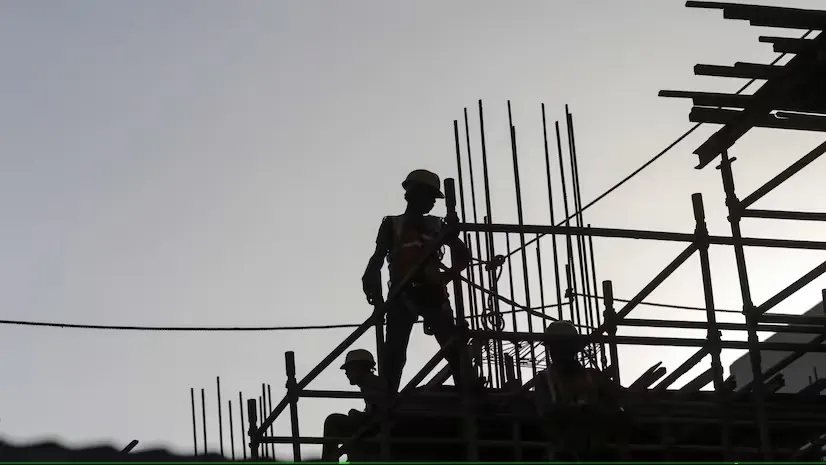- Kunvarji Realty
- 27/12/2023
- 205 views
Residential realty's robust run, housing demand up 6-9% in top 8 cities
Source: Business Standard
The housing demand in the top eight cities will grow at 6-9 per cent in the next two financial years, despite economic challenges. Buoyant consumer sentiment, stable interest rates and timely completion by branded developers are bolstering the positive outlook for the residential real estate segment. Most housing indicators point to a continuation of favourable trends, including consistent high demand, which has been the highlight of this financial year.
As the industry consolidates, residential developments are being executed by a handful of large developers who have successfully navigated the economic challenges posed by the pandemic. In this milieu, Crisil anticipates a robust 11-13 per cent on-year growth in primary residential sales this financial year amid sustained demand for homeownership in the top eight cities.
In the Mumbai Metropolitan Region (MMR), there has been a notable 10 per cent increase in registrations on a trailing 12 months (TTM) basis till November 2023. Similarly, Pune has witnessed a significant uptick, with registrations rising 9 per cent on a TTM basis compared with the previous year. Over the next two financial years, demand in the top eight cities is likely to increase 6-9 per cent a year. However, the contribution of MMR and NCR in this growth would be minuscule.
Demand growth in MMR is likely to be marginal, given that the growth is restricted only to the niche luxury segment, while growth in the volume-driven mid and affordable-housing segments would be negligible.
Similarly, growth in the National Capital Region (NCR) is likely to be 2-4 per cent in the financial year 2025 due to modest demand growth in the luxury segment and muted demand growth for affordable housing and mid-segments.
Bengaluru and Hyderabad have been frontrunners in terms of demand growth this financial year, with a rising number of employees returning to offices and the evolving need for spacious homes spurring the anticipated all-round healthy sales momentum across residential and commercial spaces. Additionally, the pricing of new launches is expected to rise due to a gradual appreciation in land values and a robust increase in demand. At a broader level, the real estate sector is witnessing a surge in the number of new project launches from large developers, as reflected in their healthy project pipelines. The trend underscores a preference among buyers for reputable names.
Credit perspective
Residential real estate
The strengthening in leverage and credit profiles of real estate developers seen over the past few financial years, driven by robust demand and debt reduction, is expected to continue. The gross debt of 11 large listed real estate developers in Crisil Ratings’ sample set is expected to decline to ~40,000-45,000 crore next financial year from ~53,800 crore in the financial year 2020. This, along with continued sales momentum, will improve their debt-to-total assets ratio (a measure of leverage) to 21 per cent by the financial year 2025 from 45 per cent in the financial year 2020.
Some mid-sized developers, which have historically maintained low leverage, are expected to sustain their credit profiles. However, leveraged developers with a debt-to-total assets ratio of above 50 per cent may struggle due to high leverage, weak liquidity and a limited ability to raise equity and monetise commercial assets.
Commercial real estate
Net leasing is expected to stagnate at 32-34 million square feet (msf) this financial year due to slower incremental leasing demand from the information technology (IT) and IT-enabled services sectors and global capability centres (GCCs). However, the recent amendment in the Special Economic Zones (SEZ) Act, 2005, permitting the demarcation of a part of an SEZ area into a non-SEZ area, coupled with the demand from GCCs and domestic enterprises, will boost net-leasing growth to 12-15 per cent next financial year.
While the leasing demand for this financial year will remain stagnated, the credit profiles of players rated by Crisil Ratings are expected to remain ‘stable’. Their debt to Ebitda (earnings before interest, tax, depreciation and amortisation) ratio — a measure of leverage — will remain comfortable below 5 times during both this and the next financial years. Despite the cost of debt remaining high, their debt-service coverage ratio is likely to remain healthy at 1.6-1.7 times in both financial years.
